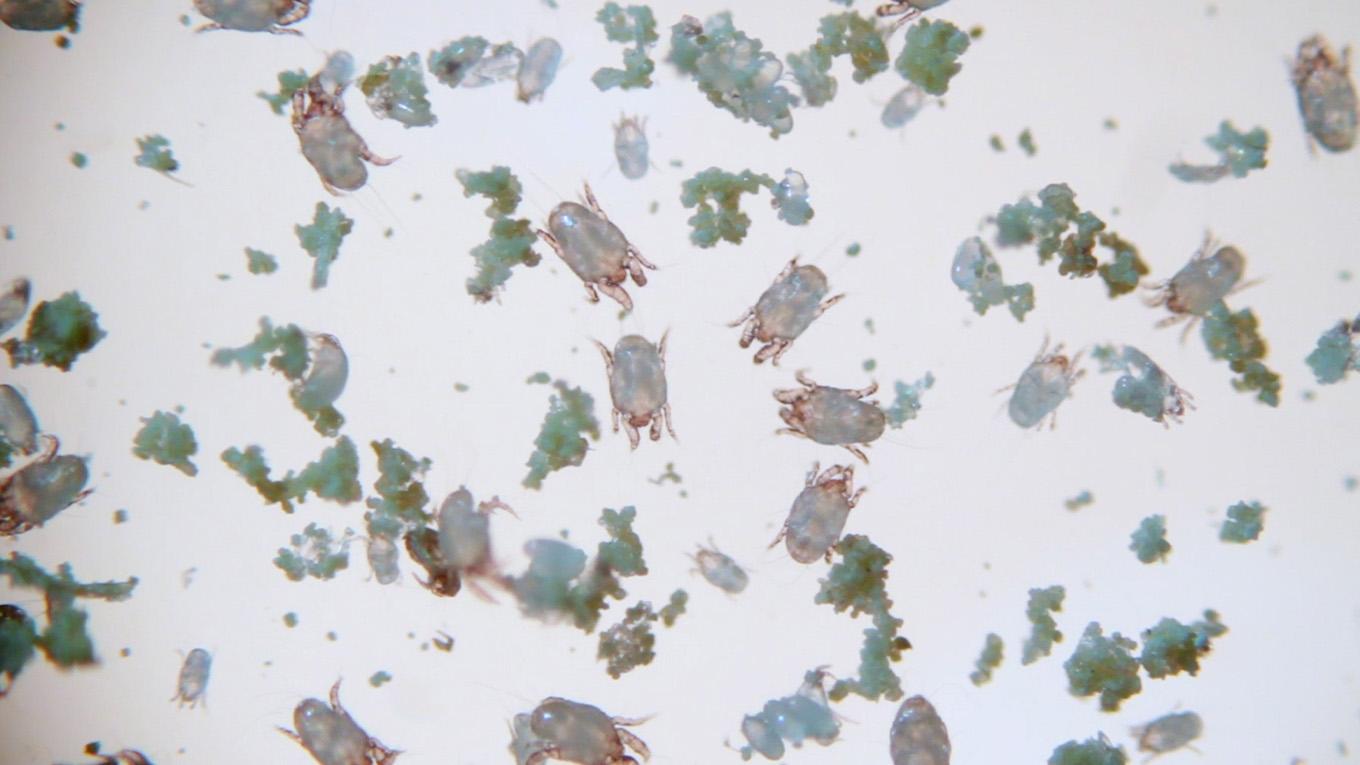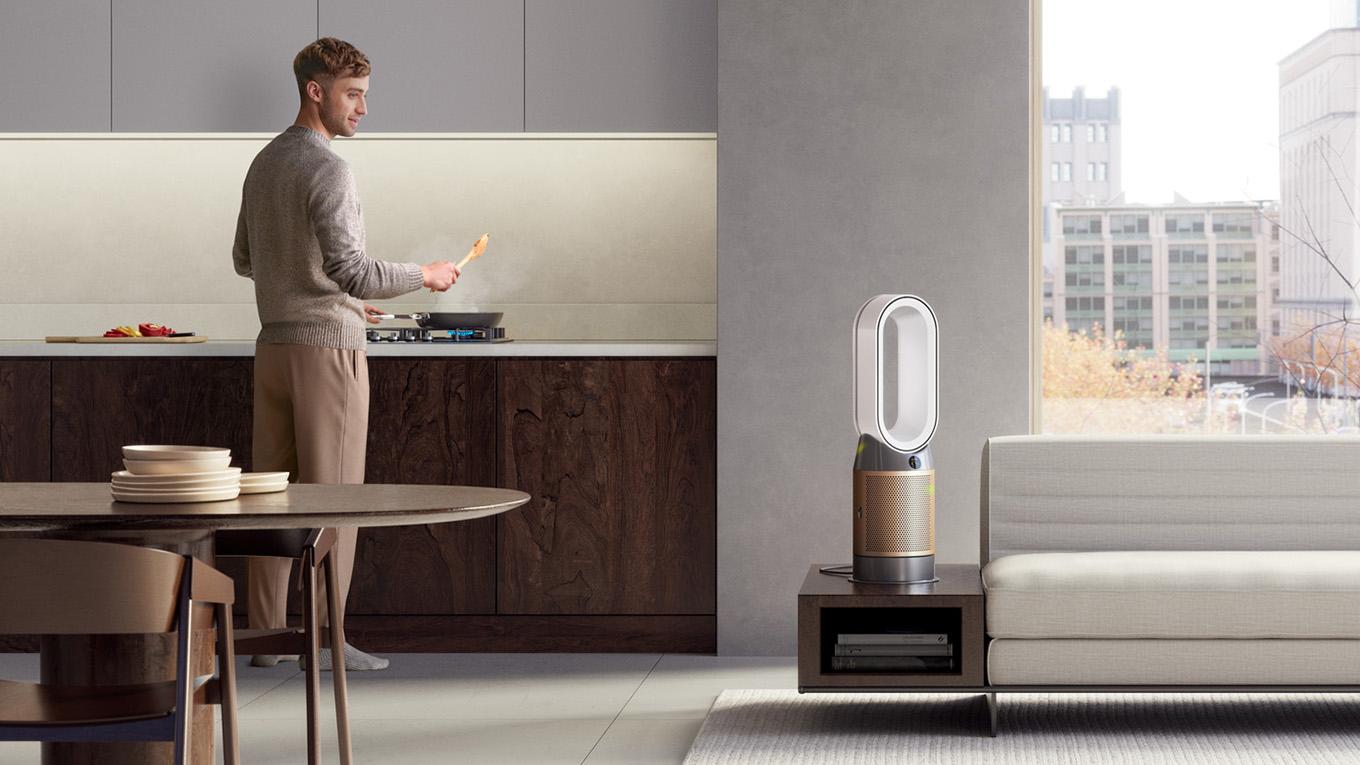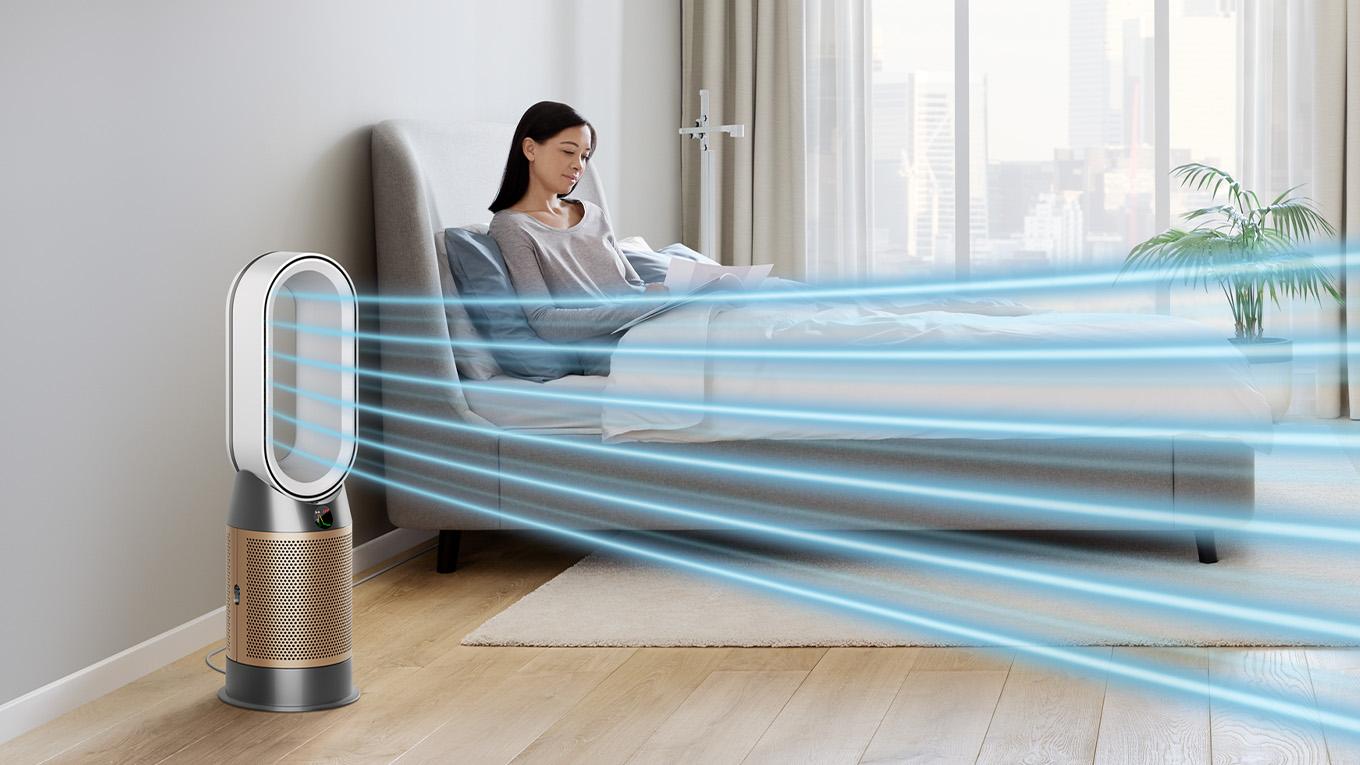How to get rid of dust mites
People with dust mite allergies often suffer with symptoms inside their own homes or other people’s homes.
You can’t get rid of dust and dust mites entirely, but there are things you can do to help reduce indoor allergens. How you clean matters, so we’ve some handy cleaning tips if you struggle with dust allergies.

What are dust mites?
Dust mites are microscopic organisms about one quarter of millimetre long that feed on dead skin cells. One of the most common indoor allergens and invisible to the naked eye, dust mites thrive in warm, humid environments and fibre surfaces such as clothing, bedding, upholstery and children’s soft toys. Similar to allergic rhinitis (hay fever), dust mite allergies can trigger asthma and cause eczema to flare.¹
How to see dust mites
Dust mites are not visible to the naked eye, but under a microscope, they appear translucent and have eight legs like spiders. This is because dust mites are descendants of the arachnoid species.
What causes dust mite allergies?
Dust mites are relatively harmless, but it’s proteins in their faeces that are the common allergen. The Dyson Global Dust Study 2020 revealed 81% of people were unaware that allergies are caused by dust mite faeces rather than dust mites themselves.
Most exposure to dust mite allergens occurs while sleeping and when dust is disturbed during bed-making.
Dust mite allergy symptoms
Dust mite allergy symptoms can be present year-round. Common symptoms include:
•runny nose
•sneezing
•stuffy nose
•itchy, red or watery eyes
•itchy mouth or throat
•coughing
•sinus pressure
•trouble sleeping.
10 cleaning tips for dust mite allergies
Help keep dust mite critters at bay with these methods:
1. Vacuum regularly
Vacuum all types of floors, mattresses and upholstery regularly using a vacuum that has a high efficiency particulate air (HEPA) filter. This means you’ll trap dust effectively and capture tiny particles including dust mites. It’s also important to wash your vacuum’s filter regularly and to clean hard-to-reach or overlooked areas such as bookshelves, blinds and curtains. Carpets can easily house dust mites, so if you have one try to run a vacuum over it at least once a week.

2. Choose ‘mite-proof’ bedding
Hypo-allergenic duvet, pillow and mattress covers do not let house dust mites through and act as a barrier. This is thanks to their tightly woven fabric. Anti-allergen covers and protectors are a cheaper alternative to hypo-allergenic bedding. A high-quality mattress protector can also help prevent dust mites from breeding in mattresses.
3. Leave the house after a deep clean
Dust and dust mites can become airborne when you clean. So to avoid exposure, go out for a couple of hours afterwards, until the dust has settled.
4. Remove unnecessary dust traps
While dust can collect anywhere in your home, having clutter lying around means more surfaces available for it to cling to. Put books, toys and knickknacks away into storage. If curtains and drapes are left uncleaned, they can collect a huge number of dead skin cells for dust mites to feed on. So if you have severe allergies, consider replacing them with blinds that are easier to clean instead.
5. Use a damp microfibre cloth
Using a dry dusting cloth or feather duster just moves dust around, and kicks it back into the air as opposed to picking it up. Dampening a microfibre cloth can help to capture dust and the mites that feed on it.
6. Wash your bedding
It’s important to wash bedding on a hot 60°C cycle once a week. This includes sheets, pillowcases, blankets, and bed covers. Dry in a tumble drier on high heat, or in the sunshine on a clothesline in the summer. An alternative to washing pillows and children’s soft toys is to freeze them. This kills house dust mites as they can’t survive in cold temperatures.²
7. Clean the air with a HEPA air purifier
Filtering indoor air in your home is a good way to capture airborne allergens. Dyson air purifiers use fully-sealed HEPA H13 filtration, trapping 99.95% of particles as small as 0.1 microns.³ They capture and remove ultrafine particles and allergens from the air, before they settle.

8. Keep your house cool and dry
Houses that are cooler and drier create indoor conditions that are less favourable to dust mites. That’s because they thrive in temperatures between 20-25°C and relative humidity of around 70-80%. To reduce the population growth of dust mites, it’s therefore important to keep humidity levels below 50% and to keep your house cool in the summer, too.
9. Replace carpet with hard floors
Wall-to-wall carpets are harder to keep clean – trapping dirt, pet dander, house dust mites and mould. This is particularly the case for carpet laid over concrete floors since it traps moisture.⁴ Consider changing carpets for hard floors such as tile, wood, lino or vinyl.
10. Keep pets clean and groomed
Dust mites love pet dander and by regularly giving your dog or cat a good brushing, you ensure that loose hair and pet dander doesn’t spread throughout your home. Use the Dyson Pet grooming tool to brush your pet regularly, especially if they are a breed that sheds a lot of fur. Don’t forget to also wash cat or dog bedding and keep pets off beds and sofas.
These methods can help stop dust accumulating and therefore reduce the exposure to dust mite allergens. Not only can regular cleaning and improving air quality lead to a more hygienic home, but it may make life more comfortable for people living with allergies.


